
Hugh Mitchell, MSc DVM
In the last issue of this magazine, there was an article outlining the FDA’s new regulations which mandate that every feed antibiotic used by farmers to treat fish in the US now requires a Veterinary Feed Directive (VFD) from a licensed veterinarian. VFD’s cannot be altered “off label” to provide treatment for any fish species against any bacteria at any dose that is not on the label. The FDA did develop a compliance policy for “extra-label use” in minor species (such as fish), where a VFD can be varied by the veterinarian under a strict set of conditions at his/her clinical judgement, but it must be emphasized that this is a regulatory discretionary policy and not one which explicitly states such use is legal.
U.S. aquaculturists, trying to do their part to reduce the USD $11 billion seafood trade deficit, are already frustrated that they have to compete with international producers who benefit from the use of fish health tools that aren’t approved by the FDA. Not only is there little prospect of seeing any new FDA-approved antibiotics in the near future, but now they have to endure these added restrictions on the paucity of options they do have.
It is the sentiment of this author and many colleagues, that the restriction of food animal antibiotic use in the U.S. is more the result of public sentiment and fears regarding antibiotic use in food animals versus scientific risk assessments of use and/or misuse. As with other current trends of collective thinking (e.g. GMO’s, gluten, vaccines and autism, etc.), nutrition and health topics seem to take on a life of their own and dogma becomes set with traction that inexpiably resists the presentation of facts and reasonable discussions.
What is behind the phobia of antibiotics in food animals that is arguably playing a key role in limiting aquaculturists’ access to antibiotics and more importantly: are these restrictive measures warranted?
Several things that are driving this sentiment.
1)Human medicine appears to be encountering more resistant bacteria (although I don’t have an epidemiological reference study confirming this). There certainly are sensational stories in the media about “super bugs”: bacteria resistant to every antibiotic. Bacteria WILL become resistant with use over time. Obviously, there is a desire to preserve their effectiveness as much as possible and minimize risks.
2)The absolute volume of antibiotics used in food animals relative to humans is disproportional (4:1), and to many, this cannot be acceptable.
3)There seems to be a belief that if antibiotics are used, there are residues left behind in meat.
4)There is little understanding of how antibiotics work and what they do, including the misconception that they can make bacteria more virulent (ability to induce severe disease) and that any resistance is forever (i.e.: antibiotic will never be of any use again).
5)There is a taboo that has developed that antibiotics should not be used for “production purposes” and that any use prior to any disease (e.g: preventative or “production”) should be avoided as these uses are unnecessary and lead to more resistance.
6)There are beliefs that using antibiotics in food animals can foster significant antibiotic resistance of human pathogens.
Let us examine some of these factors in a little more depth (as much as a magazine article will allow) with the objective of providing some clarification for aquaculturists to understand and convey.
In human medicine, resistance is primarily due to use and misuse of antibiotics. This happens through normal and proper use, can even spontaneously happen in bacteria without any use. Non-judicious use practices can hasten this, such as: over-prescribing, prescribing for virus infections, patient non-compliance, and improper disposal into the environment. The contribution of antibiotic use in animals to human pathogen resistance is debatable. Although theoretically possible, there is no clear evidence that it even registers as a significant source of human pathogen resistance relative to use by the medical profession. Finger-pointing toward veterinary use as a significant contributor is not warranted. USDA is attempting to quantify this, but again, the factors contributing to pathogen resistance and the transfer are extremely complex. Dr. Christine Hoang and the American Veterinary Medical Association present excellent treatises on this to the House of Representatives showing these complexities of use in animals. These summaries from the American Veterinary Medical Association can be found at:
1)https://www.gpo.gov/fdsys/pkg/CHRG-111hhrg77921/pdf/CHRG-111hhrg77921.pdf and
2)https://www.avma.org/News/PressRoom/Pages/Testimony-vogel--resistance-080624-exec-summary.aspx
Secondly, and often cited without the reference: Hollis and Ahmed (2013): “Preserving antibiotics, rationally” (New England Journal of Medicine 369:2474-2476) is the fact that 80 % of the total antibiotics used in the U.S. ARE for livestock (less than one percent for aquaculture). While this figure might be alarming at first glance and might imply increased risk to human pathogen resistance, it doesn’t elaborate on some key points that would severely curtail any risk: eighty-seven percent (87 %) of these are antibiotics that are rarely or never used in human medicine.
What is also surprisingly not widely known (and we should all be communicating this to the public), is the concept of antibiotic withdrawal times. Meat and fish behind the counter do not contain antibiotics in them for the consumer to worry about. This is because, even if used, a scientifically-derived and strictly adhered to “purging” time is mandated prior to slaughter to ensure there are no residues. Don’t take for granted that the farmed fish consumer understands this: most don’t.
And if there were any residues in meat that we would accidently consume, what would be the effect? Let’s take the antibiotic Romet® (sulfadimethoxine and ometoprim) as an example. Our cells (and those of fish) cannot produce folic acid – an important mineral for cell function - and therefore must absorb it from our food. Bacterial cells can’t absorb it and must produce it through a cellular pathway. Romet® blocks this pathway in two spots which is fatal to the bacteria as it is starved of Folic acid. It has no effect on animal cells, because they do not have nor need this pathway. Demystifying the mechanism makes antibiotics seem less dangerous (hopefully not to the disease-causing bacteria!).
The backlash against using antibiotics as “growth promoters” can also be seen from another perspective (not really applicable to fish, but affects antimicrobial perceptions). Even though these uses could be argued to reduce the “carbon footprint” by resulting in more efficient production, there is widespread belief that these uses are wrong and should be avoided. The interesting mechanisms of altering gut flora and improving feed conversion do not seem to matter to consumers, and such use is viewed by many as “preventative” - an undesirable practice which “certainly must hasten antibiotic resistance.” However, again, the reality in practice is not as simplistic. For example, when this kind of use was banned in Europe some time ago, there was “no evidence that has conclusively linked a decrease in antibiotic resistant infections in humans to the ban on growth promoters in Europe” (see links above for more detail and other examples). In fact, a ban on these kinds of antibiotics in Denmark actually led to an increase in the use of therapeutic antibiotics. So, early use (call it “anticipatory” versus “preventative”) may actually decrease resistance risk and total antibiotic use in some instances.
So, in summary, there is ample ignorance and misconceptions about antibiotic use in food animals, including farmed fish. Also, at present, there really is not any good evidence that use of antibiotics in animals is contributing to significant human pathogen resistance. However, as aquaculturists, we still need to live with the consequences of perception and it behooves us to better understand antibiotics and communicate accurate information to consumers. It also is responsible practice for us to adopt judicious use principles (Figure 2). By doing so, we help preserve the effectiveness of the few antibiotics that we have to work with and to maintain the consumer’s confidence in the wholesomeness of our produce through responsible production practices.
Hugh Mitchell, MSc, DVM is an aquaculture veterinarian with more than 25 years of experience, who provides services and fish health tools to fish farmers across the US and Canada. His practice is AquaTactics Fish Health, out of Kirkland, Washington, specializing in bringing a comprehensive professional service/product package to aquaculture, including: vaccine solutions, immune stimulants, sedatives, antimicrobials and parasiticides.
website: www.aquatactics.com;
contact: [email protected]
https://drive.google.com/open?id=0B2GPQ2loaETALVIyMGsyUG1xX00
Source: http://aquaculturemag.com




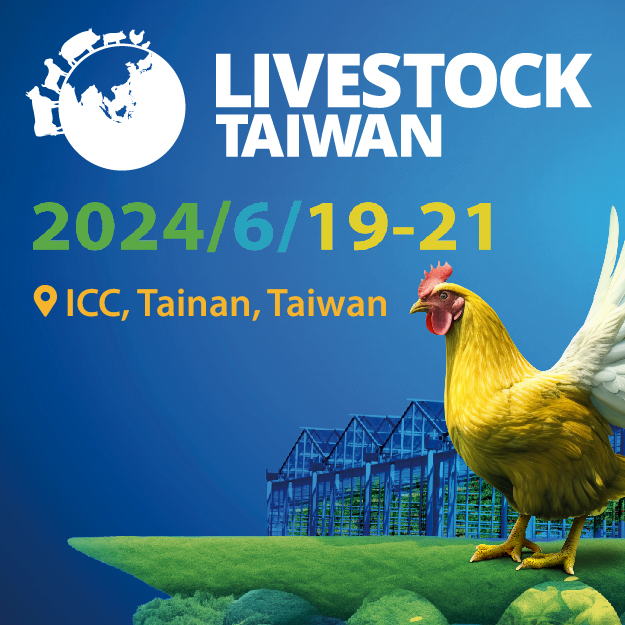




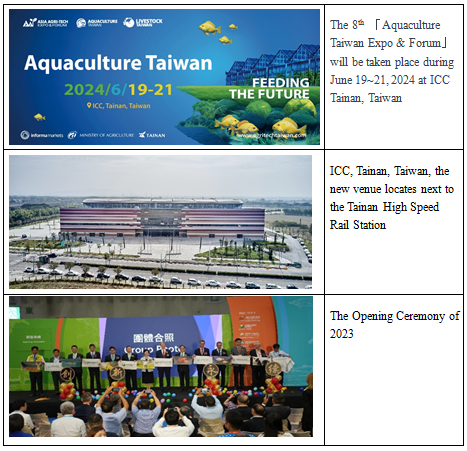
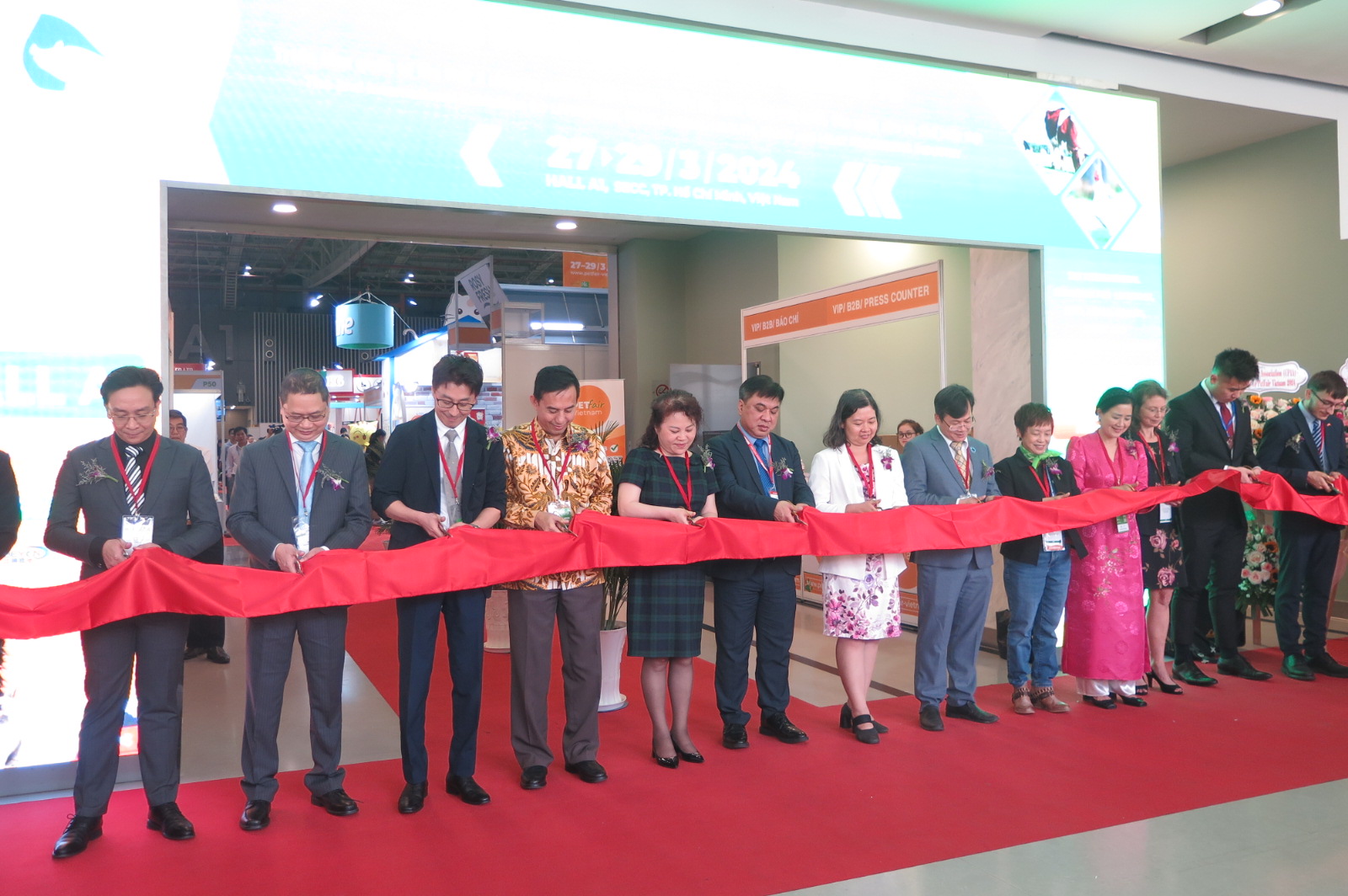

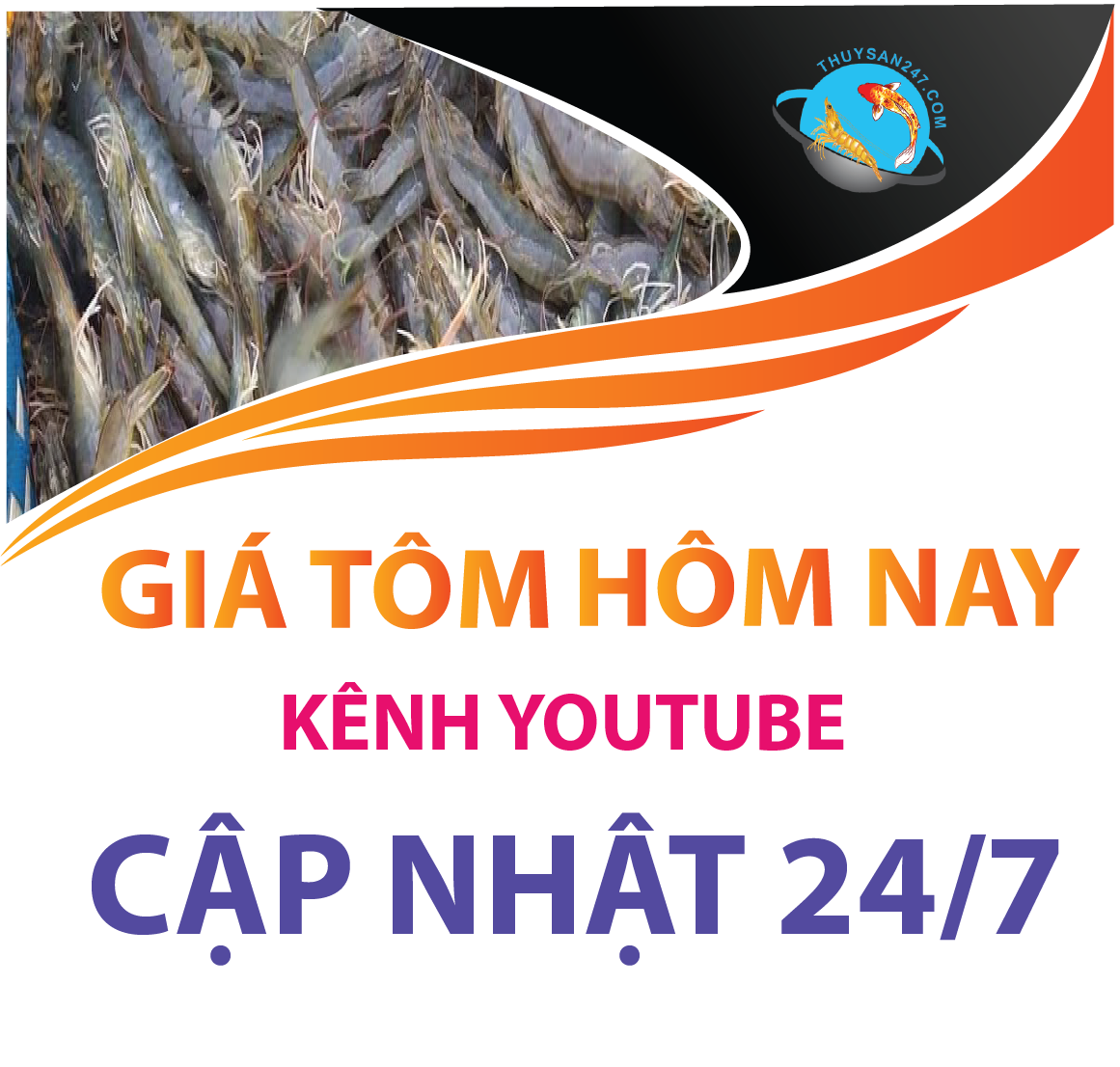




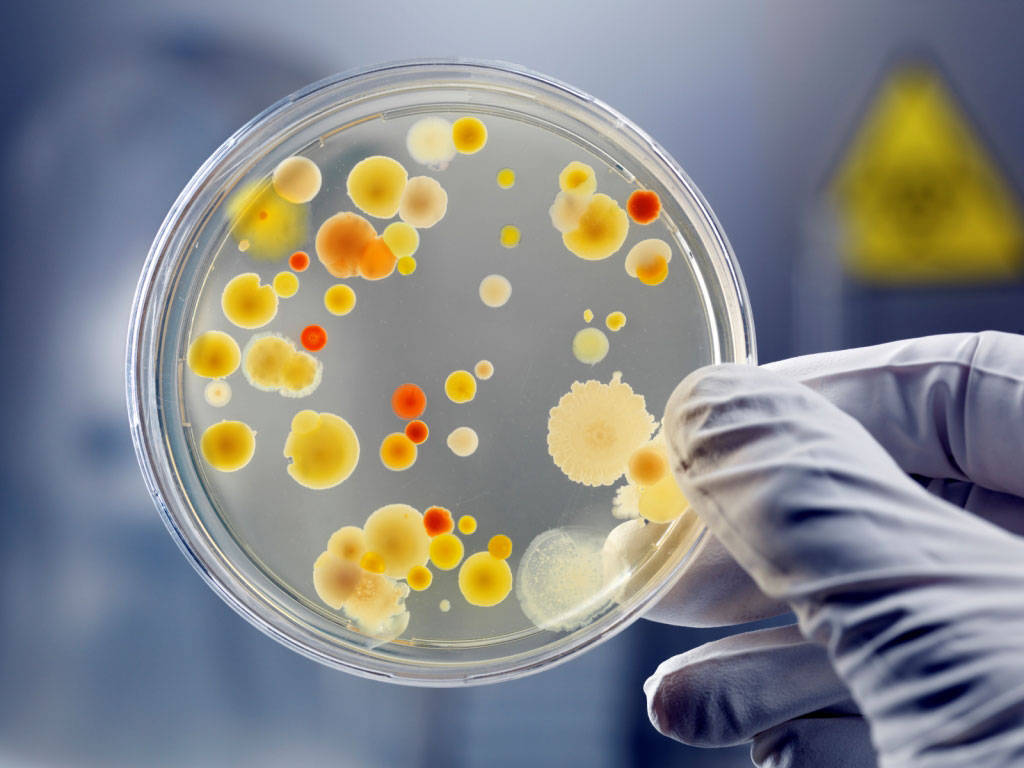

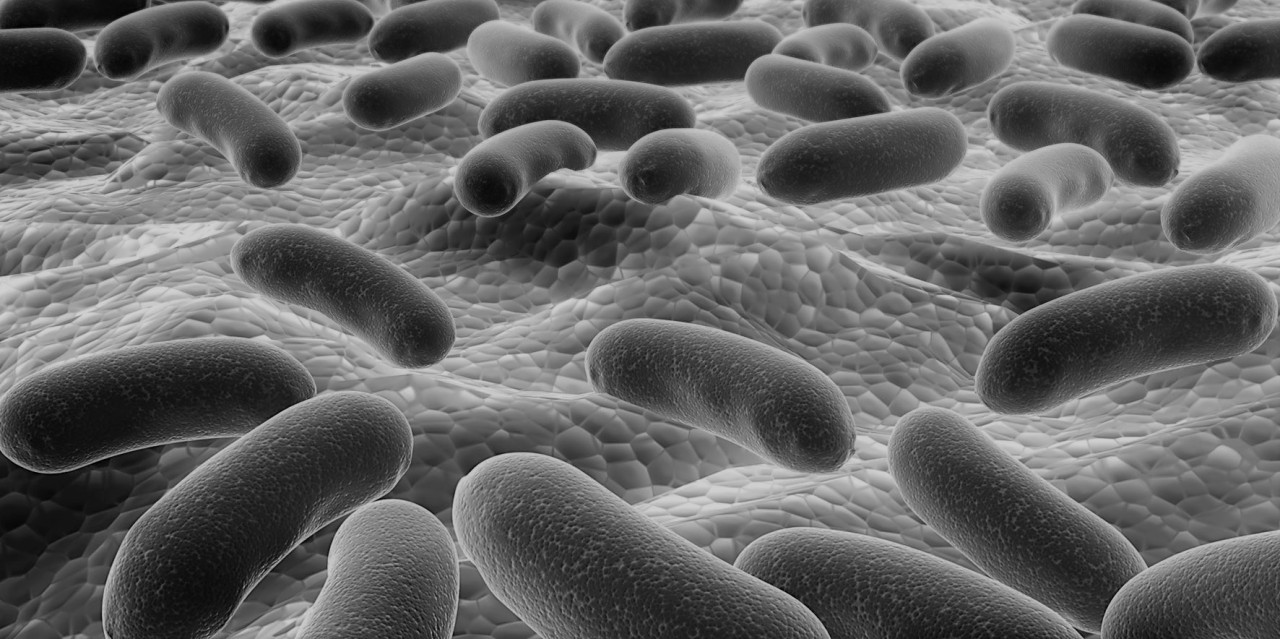




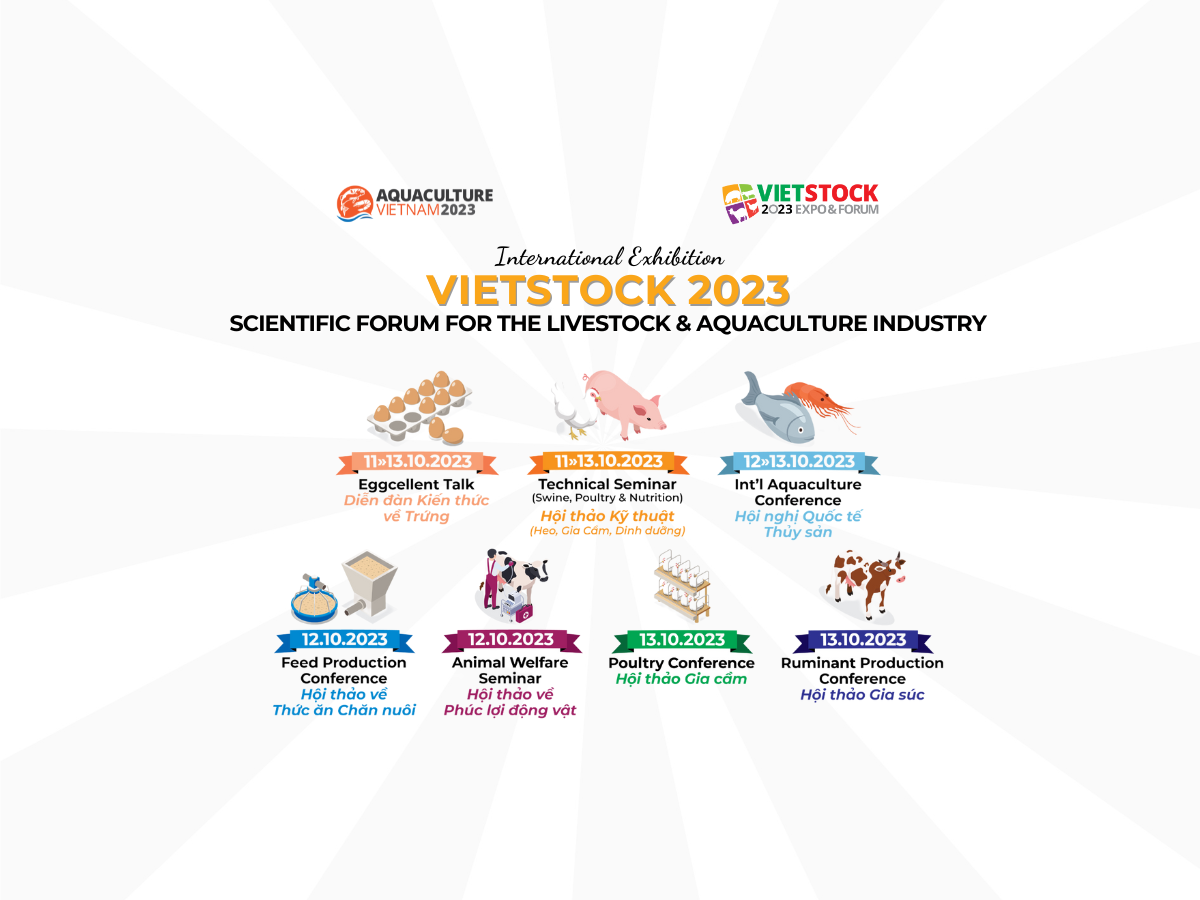
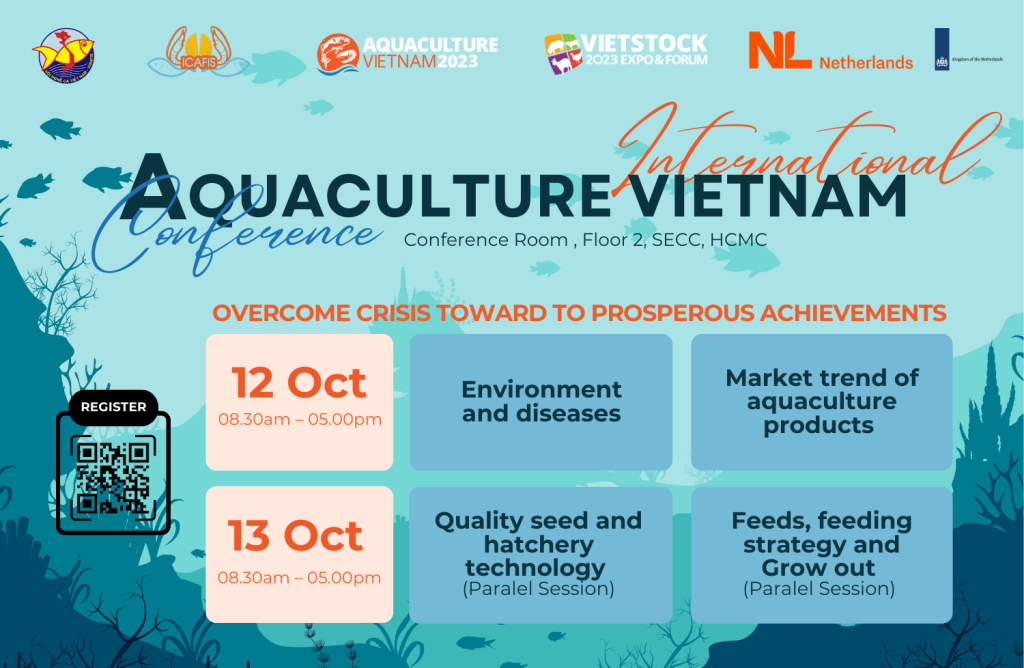

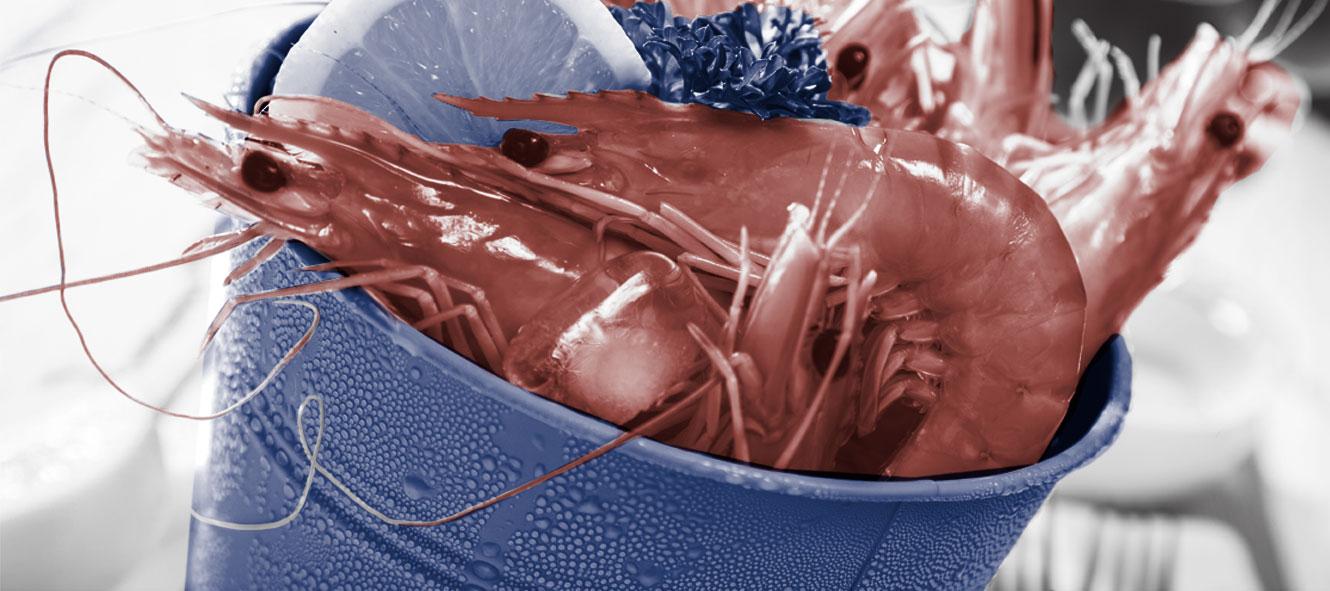
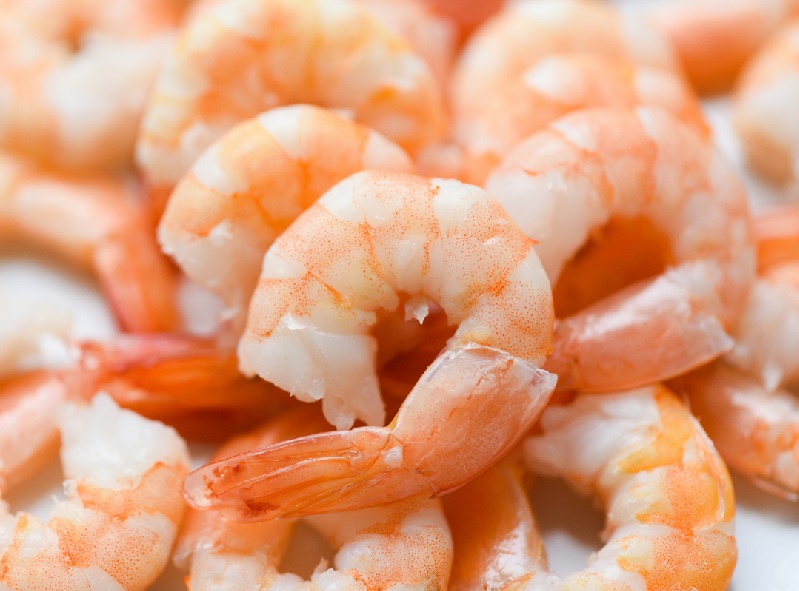
Bình luận bài viết